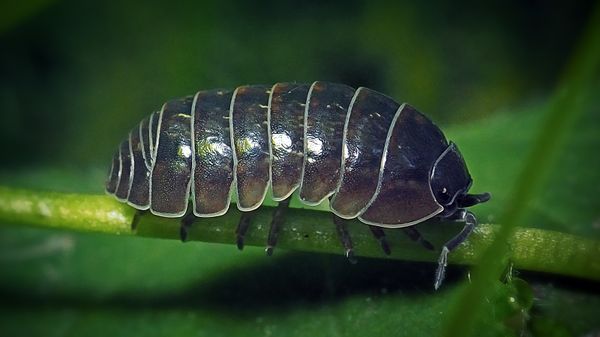
Every organism on this planet causes problems for somebody — it's one of the main complications associated with being. Wolves cause problems for elk, English ivy causes problems for trees, humans cause problems for literally everybody else on Earth. It's just the way of things!
The Colorado potato bug (Leptinotarsa decemlineata), or potato beetle, is a problem for humans because they love to eat some of the same plants we do — and that farmers spend precious time and resources cultivating. A native of the Rocky Mountain West, the Colorado potato bug was first observed by European explorers in the early 19th century munching on a wild member of the nightshade family called the buffalo burr (Solanum rostratum). By the end of the 1800s, potato bugs were destroying potato, eggplant, tomato and pepper fields — all solanaceous, a fancy word for a nightshade — all over North America and Europe. Now potato bugs can be found all over Asia as well. That is how a regular insect goes from "bug" to "pest" in the eyes of humanity.
Advertisement


